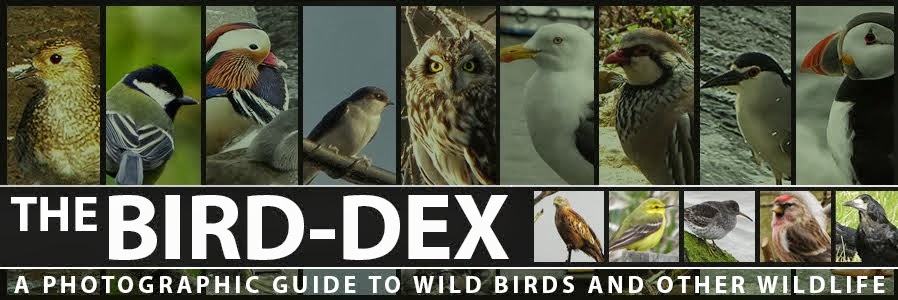OTHER NAMES: Oystercatcher, Sea Pie
Latin Etymology: Haematopus ("blood foot") ostralegus ("oyster gather")
Two Adult Eurasian Oystercatcher (subspecies H. o. ostraegus) at Trevose Head, Cornwall - April 2018
Featured Subspecies: Haematopus ostralegus ostralegus
Weight: 540g
Length: 40-45cm
Without much doubt one of our most distinctive and eye catching waders - the smart black and white with orange beak and legs make it very easily recognisable and identifiable, in addition to a distinctive call. Its name is slightly misleading, as though it does eat oysters, mussels form a larger part of its diet. Mostly found on the coast, it is still present in smaller numbers in suitable habitat inland all year around making it one of the easier waders to find. It usually travels in small groups. Its large size and fairly bold nature makes it a little easier to get near them than some other waders.
Related Species:
Order: Charadriiformes
Family: Haematopodidae
Genus: Haematopus
Subspecies: H. o. ostralegus, H. o. longipes, H. o. osculans
- Sighting Locations -
UNITED KINGDOM - Locally common breeding species (110,000 pairs) and locally abundant Winter visitor (340,000 birds)
- Birds seen at a number of sites including Rutland Water, Rainham Marshes, Pitsford Reservoir, Herne Bay, Oare Marshes and Elmley MarshesFurther Notes: Arkive, BirdForum Opus, IUCN Red List, RSPB, Wikipedia, Xeno-canto


No comments:
Post a Comment